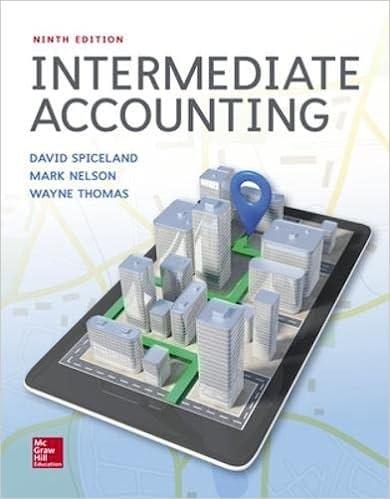The shareholders' equity of Proactive Solutions, Inc., included the following at December 31, 2018: Common stock, $1
Question:
Common stock, $1 par
Paid-in capital-excess of par on common stock
7% cumulative convertible preferred stock, $100 par value
Paid-in capital-excess of par on preferred stock
Retained earnings
Additional Information:
• Proactive had 7 million shares of preferred stock authorized of which 2 million were outstanding. All 2 million shares outstanding were issued in 2012 for $112 a share. The preferred stock is convertible into common stock on a two-for-one basis until December 31, 2020, after which the preferred stock no longer is convertible. None of the preferred stock has been converted into common stock at December 31, 2018. There were no dividends in arrears.
• Of the 13 million common shares authorized, there were 8 million shares outstanding at January 1, 2018. Proactive also sold 3 million shares at the beginning of September 2018 at a price of $52 a share.
• The company has an employee stock option plan in which certain key employees and officers may purchase shares of common stock at the market price at the date of the option grant. All options are exercisable beginning one year after the date of the grant and expire if not exercised within five years of the grant date. On January 1, 2018, options for 2 million shares were outstanding at prices ranging from $45 to $53 a share. Options for 1 million shares were exercised at $49 a share at the end of June 2018. No options expired during 2018. Additional options for 1.5 million shares were granted at $55 a share during the year. The 2.5 million options outstanding at December 31, 2018, were exercisable at $45 to $55 a share.
The only changes in the shareholders' equity for 2018 were those described above, 2018 net income, and cash dividends paid.
Required:
Explain how each of the following amounts should be determined when computing earnings per share for presentation
in the income statements. For each, be specific as to the treatment of each item.
1. Numerator for basic EPS
2. Denominator for basic EPS
3. Numerator for diluted EPS
4. Denominator for diluted EPS
Common Stock
Common stock is an equity component that represents the worth of stock owned by the shareholders of the company. The common stock represents the par value of the shares outstanding at a balance sheet date. Public companies can trade their stocks on... Par Value
Par value is the face value of a bond. Par value is important for a bond or fixed-income instrument because it determines its maturity value as well as the dollar value of coupon payments. The market price of a bond may be above or below par,...
Fantastic news! We've Found the answer you've been seeking!
Step by Step Answer:
Related Book For 

Intermediate Accounting
ISBN: 9781259722660
9th Edition
Authors: J. David Spiceland, James Sepe, Mark Nelson, Wayne Thomas
Question Posted:





